Related Research Articles
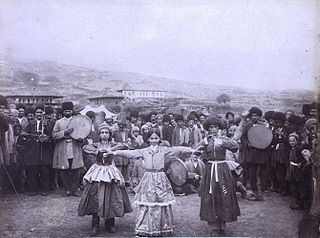
The Talysh people are an Iranian ethnic group indigenous to the Talish region shared between Azerbaijan and Iran which spans the South Caucasus and the southwestern shore of the Caspian Sea. They speak the Talysh language, one of the Northwestern Iranian languages. It is spoken in the northern regions of the Iranian provinces of Gilan and Ardabil and the southern parts of the Republic of Azerbaijan. The areas in the Republic of Azerbaijan where Northern Talysh is spoken was historically known as Talish-i Gushtasbi. In Iran there is a Talesh County in Gilan Province.

Soltan Hoseyn was the Safavid shah of Iran from 1694 to 1722. He was the son and successor of Shah Suleiman.

A velayat was a type of administrative division within Safavid Iran, which functioned as a semi-autonomous province.

Shāh Mahmūd Hotak,, or Shāh Mahmūd Ghiljī, also known by his epithet, The Conqueror, was the ruler of the Hotak dynasty who overthrew Safavid dynasty to become the king of Persia from 1722 until his death in 1725.

Fath-Ali Khan Qajar was the chieftain of the Ashaqa-bash branch of the Qajar tribe at Astarabad during the collapse of the Safavid dynasty of Iran.
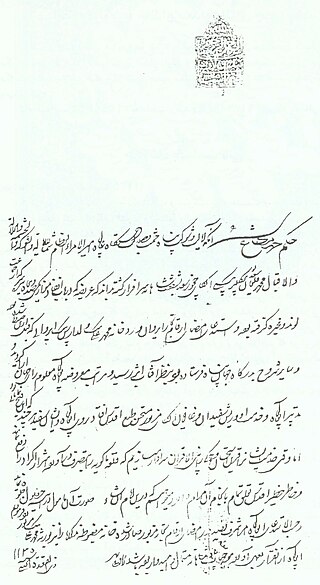
Beglerbegi was a title generally held by governors of provinces of higher importance in Safavid Iran.
The Feyli Lurs are a collection of Lur tribes that primarily live in the Lorestan province of Iran. Their dialect is almost identical to that of standard Persian.

Qarachaqay Khan was a military commander in Safavid Iran of Armenian origin. He was known for his great collection of porcelain items and loyal service to Shah Abbas I. Qarachaqay Khan was killed while commanding an expedition against the Georgian rebels.
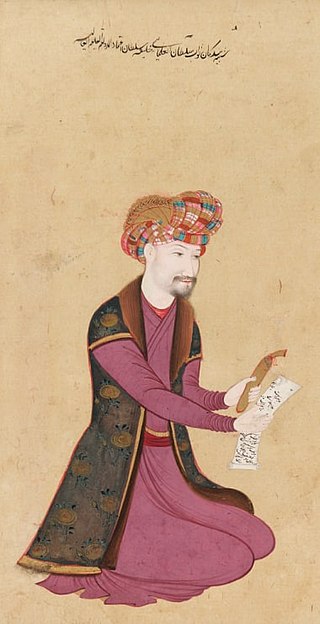
Sayyed Ala al-Din Hoseyn, better known as Khalifeh Soltan, and also known as Soltan al-Ulama (سلطانالعلماء), was an Iranian statesman and cleric, who served as the grand vizier of the Safavid king (shah) Abbas I, the latter's grandson Safi, and Abbas II.
Fath-Ali Khan Daghestani, was a Lezgian nobleman, who served as the Grand Vizier of the Safavid shah (king) Sultan Husayn from 1716 to 1720.
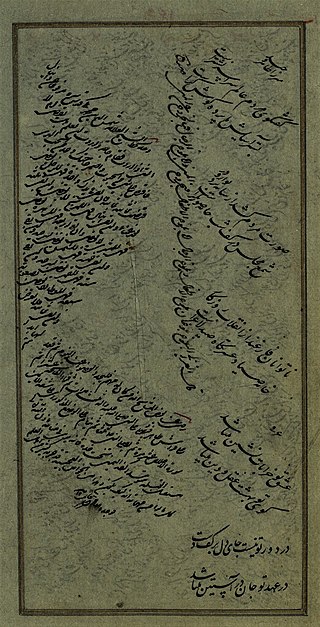
Mirza Mohammad Taher Vahid Qazvini, was an Iranian bureaucrat, poet, and historian, who served as the grand vizier of two Safavid monarchs, Shah Suleiman and the latter's son Soltan Hoseyn from 1691 to 1699.
Shahverdi Khan was a Safavid official of Georgian origin, who served as a governor (vali) of the Lorestan province during the reign of king Suleiman I. Prior to his appointment, the Lorestan rulers were appointed from local chiefs. In 1674, the people of the province revolted against him.
The sack of Shamakhi took place on 18 August 1721, when rebellious Sunni Lezgins, within the declining Safavid Empire, attacked the capital of Shirvan province, Shamakhi. The initially successful counter-campaign was abandoned by the central government at a critical moment and with the threat then left unchecked, Shamakhi was taken by 15,000 Lezgin tribesmen, its Shia population massacred, and the city ransacked.

The province of Georgia was a velayat (province) of Safavid Iran located in the area of present-day Georgia. The territory of the province was principally made up of the two subordinate eastern Georgian kingdoms of Kartli and Kakheti and, briefly, parts of the Principality of Samtskhe. The city of Tiflis was its administrative center, the base of Safavid power in the province, and the seat of the rulers of Kartli. It also housed an important Safavid mint.
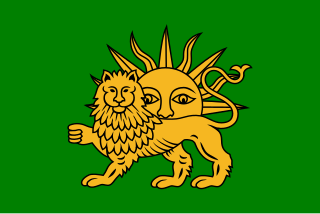
The Safavid occupation of Basra (1697–1701) took place between 26 March 1697 and 9 March 1701. It was the second time that the important Persian Gulf city had fallen to the Iranian Safavid Empire.

The province of Khuzestan was a southwestern province of Safavid Iran, corresponding to the present-day province of Khuzestan.
The province of Lorestan was a western province of Safavid Iran, corresponding to the present-day provinces of Ilam and Lorestan. It was one of the five velayats of the country, and was thus ruled by a vali.
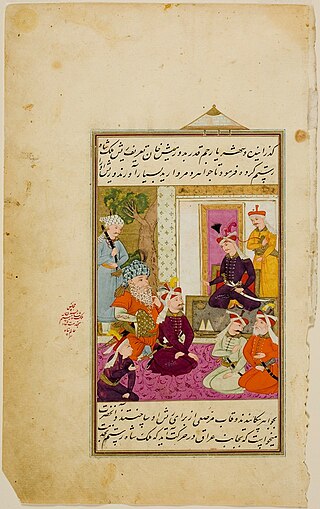
Shah Rostam Abbasi, also known as Malek Rostam, was the Khorshidi hakem (governor) of Khorramabad and Lorestan. He was the first Khorshidi ruler to acknowledge Safavid suzerainty, and was confirmed as a governor by Shah Ismail I in 1508. This part of Khorshidi history is obscure; the next known Khorshidi governor was Shah Rostam's son Mir Ughur ibn Shah Rostam, attested in 1540.
Shahverdi Abbasi was the last Khorshidi Lur hakem (governor) of Lorestan from 1593 to 1598, with a one year interruption. He had succeeded his father Soltan Mohammad Shah and soon rebelled against his suzerain Shah Abbas I, who subsequently marched towards him. Shahverdi fled and his nephew Soltan Hoseyn ibn Shah Rostam was appointed governor of Lorestan in his stead, with the exception of Khorramabad, which was given to Mehdiqoli Khan Shamlu. Shahverdi returned the next year and killed Soltan Hoseyn, thus restoring his rule in most of Lorestan. In 1595, the Safavids returned Khorramabad to him. Shahverdi soon staged another rebellion, but was defeated and executed by Shah Abbas in 1598. The latter subsequently had all male members of the Khorshidi family either blinded or jailed, thus marking their end.
Ziyadoghlu Qajar or Ziyadlu were a branch of Qajar tribe that ruled Safavid Karabakh from 1546–1554 to 1743, Astarabad in various times, Ganja Khanate from 1747 to 1805 and Iravān Khanate from 1755 to 1828. Some authors suggested that, Qovanlu branch of Qajars who ruled Iran from 1789 to 1925, which is currently better known as Qajar dynasty was a cadet-branch of Ziyadoghlu family.
References
- 1 2 Floor 2008, p. 236.
- ↑ Floor 2008, p. 235.